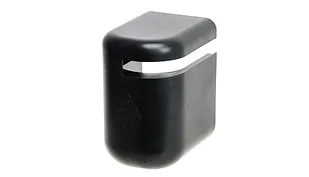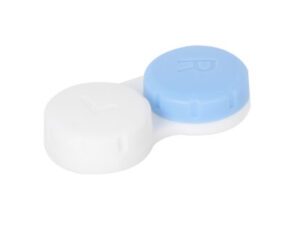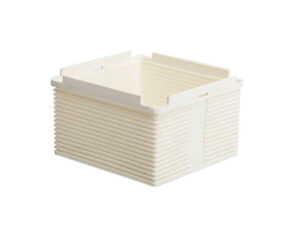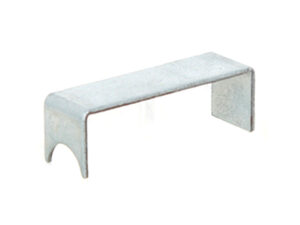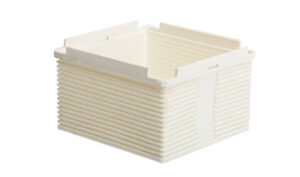Introduction to Plastic Welding: Unleashing the Potential of Thermoplastics Across Industries
Plastic welding is an innovative technique pivotal in various sectors, including automotive, consumer electronics, construction, and medical devices. It joins semi-finished plastic materials by harnessing heat (except for solvent welding). This meticulous process unfolds in three primary stages: surface preparation, applying heat and pressure, and cooling, ensuring a precise and robust weld you can trust.
Exploring the Rich Spectrum of Plastic Welding Techniques
Plastic welding techniques such as hot gas welding, ultrasonic welding, and pulse current hot melt riveting offer efficiency and adaptability, each uniquely suited for different materials and applications. These methods ensure a perfect fit for your specific project requirements.
Hot Gas Welding: The Art of Manual Precision
In the time-tested method of hot gas welding, or hot air welding, a jet of hot gas heats the plastic and the electrode. Skilled welders apply manual pressure to create a solid bond, though this method’s reliance on manual labor increases costs. This technique is ideal for projects requiring meticulous detail and high-quality finishes.
Ultrasonic Welding: Efficiency at High Speed
Ultrasonic welding uses high-frequency vibrations to generate heat through friction, akin to its metal welding counterpart. Ideal for almost all types of plastics, it offers rapid welding capabilities without direct heat, excelling in applications with closely aligned materials. This method is the go-to for projects demanding speed without sacrificing bond strength.
Pulse Current Hot Melt Riveting: A Fusion of Innovation and Versatility
This advanced technique employs pulse current to melt the plastic for riveting, seamlessly integrating thermosetting plastics and metals. It supports a variety of riveting styles, adapting to diverse design needs and ensuring mechanically robust and aesthetically pleasing connections. Pulse current hot melt riveting is suited for innovative applications combining different materials.
The Unmatched Benefits and Broad Applications of Plastic Welding
Offering significant advantages over traditional joining methods, plastic welding techniques streamline production, reduce costs, and enhance the mechanical properties of composite materials. The result? Products that look better and offer improved durability, temperature adaptability, and resistance to harsh environments are These products have broad applications from cars to medicine.
Why Tiroflx Stands Out in Plastic Welding Solutions
At Tiroflx, we’re not just providers—we’re specialists in plastic welding, offering cutting-edge solutions tailored to your unique requirements. Our expertise across all primary welding techniques ensures your project benefits from optimal design and structural integrity. Whether navigating the complexities of thermoplastics, integrating metal components, or seeking a pollution-free manufacturing process, Tiroflx is your trusted partner in innovation. Serving clients globally, we’re here to support your ambitions with professional advice and unparalleled technology.
Ready to elevate your production with advanced plastic welding solutions? Contact Tiroflx today for a detailed consultation, and let us guide you to the perfect fusion of quality, efficiency, and performance.
For more information or to answer any questions, contact us—your industry-leading specialists in plastic welding technology.

